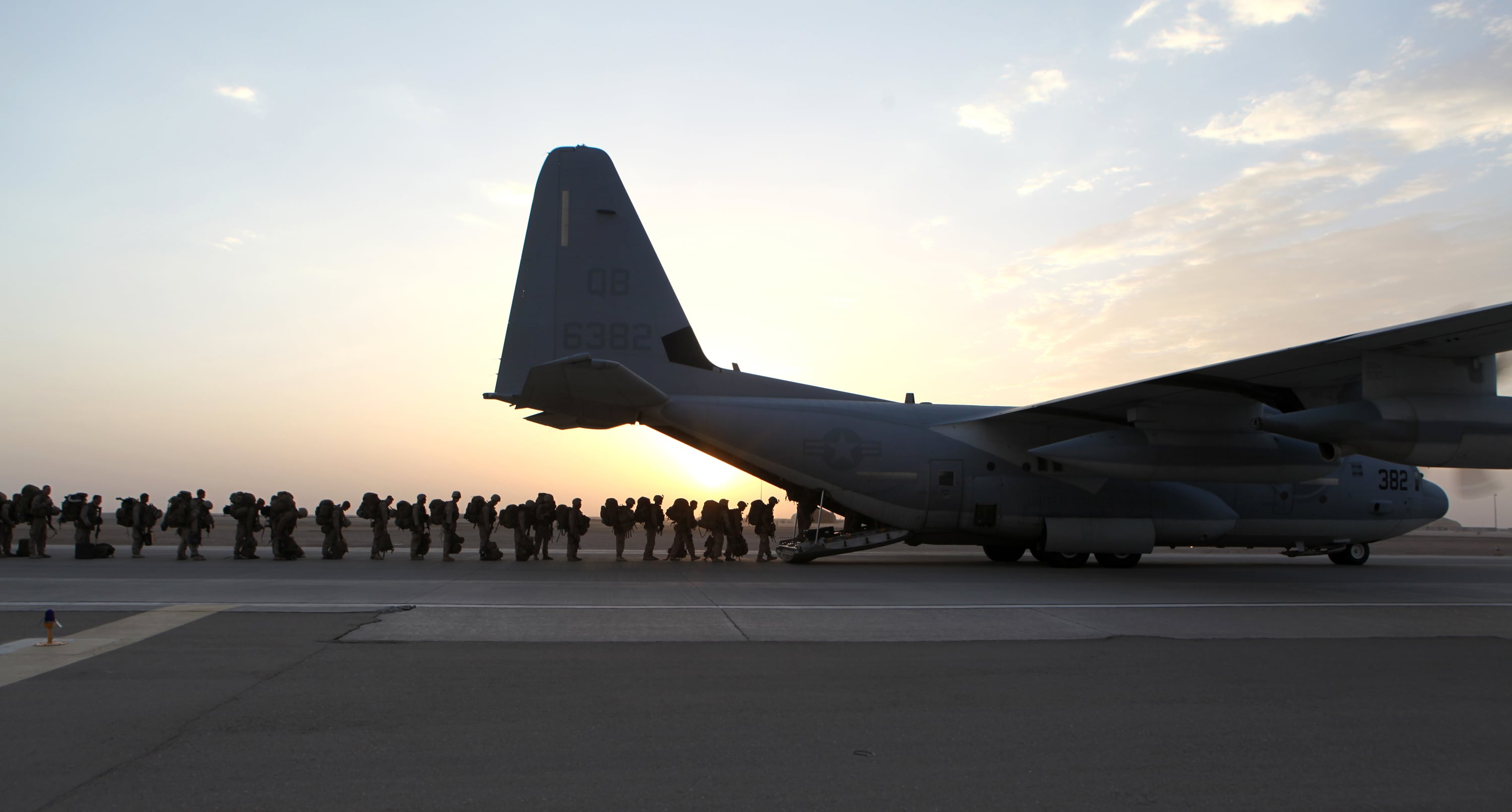New rules for the 9,800 U.S. troops staying in Afghanistan next year will let commanders order airstrikes or night raids on Taliban forces who pose a significant threat to the Afghan government, defense officials said.
The rules came in an order recently signed by President Obama that clarified the authorities U.S. military commanders will have after the official end of the combat mission in December.
The new rules appear to signal an incremental expansion of the U.S. mission in Afghanistan next year.
Six months ago, Obama announced plans to leave 9,800 U.S. troops in Afghanistan for 2015 and limit their primary missions to two — training and advising the Afghan military and using a small cadre of special operations troops to target al-Qaida "remnants."
With the official end of the combat mission requiring a new set of policies and legal authorities, Obama has approved the details of precisely who U.S. military commanders can target. In some cases, it may be Taliban insurgents.
"The president's national security team has been defining the operational and legal details required to continue executing those missions in 2015. ... These recommendations were recently passed to the president, who approved them," said Mark Stroh, a spokesman for the National Security Council.
Pentagon spokesman Rear Adm. John Kirby said Tuesday that U.S. troops would continue targeting some, though not all, Taliban militants, and may also provide field-level support for Afghan security forces.
"We won't target Taliban just merely for the sake of the fact they're Taliban and quote-unquote 'belligerents,' " Kirby said.
However, he added: "Should members of the Taliban decide to threaten American troops or specifically target or threaten our Afghan partners in a tactical situation, we're going to reserve the right to take action as needed. If they pose a threat directly to our troops or to the Afghan security forces, certainly then they become fair game at that point."
U.S. forces also may provide "enabling support" for the Afghan military, which may include airstrikes, medical evacuations or logistical aid.
"Clearly we know there is going to be some need for some enabling support," Kirby said.
Military officials emphasize there are no plans to change the troop levels that Obama committed to Afghanistan in his May announcement, which amount to 9,800 American troops in 2015 and about half that in 2016. Obama's policy will withdraw virtually all U.S. forces from Afghanistan before he leaves office in January 2017.
The decision to target some Taliban forces reflects two significant developments over the past several months — the resurgence of Islamic militants in Iraq and the new, pro-American government in Afghanistan.
Many U.S. military officials were stunned by the catastrophic collapse of several Iraqi army divisions in May and June as militants loyal to the Islamic State seized large swaths of northern Iraq, including the country's second-largest city, Mosul.
The U.S. military had given the Iraqi forces billions of dollars and many years of face-to-face training. But many of those troops simply proved unwilling to fight.
"People are having second thoughts about their confidence in the ability of host-nation militaries. It's always a risk when your strategy relies on someone else to do the fighting," said Mieke Eoyang, director of the National Security Program at Third Way.
Also influencing the American mission in Afghanistan is the election of a new president who is far more supportive of U.S. military support than his predecessor.
Ashraf Ghani was elected in September and promptly signed a deal with the U.S. to keep American troops there beyond December.
Ghani also recently lifted the ban on night raids by special operations troops, imposed by former President Hamid Karzai in 2013.
Andrew Tilghman is the executive editor for Military Times. He is a former Military Times Pentagon reporter and served as a Middle East correspondent for the Stars and Stripes. Before covering the military, he worked as a reporter for the Houston Chronicle in Texas, the Albany Times Union in New York and The Associated Press in Milwaukee.





